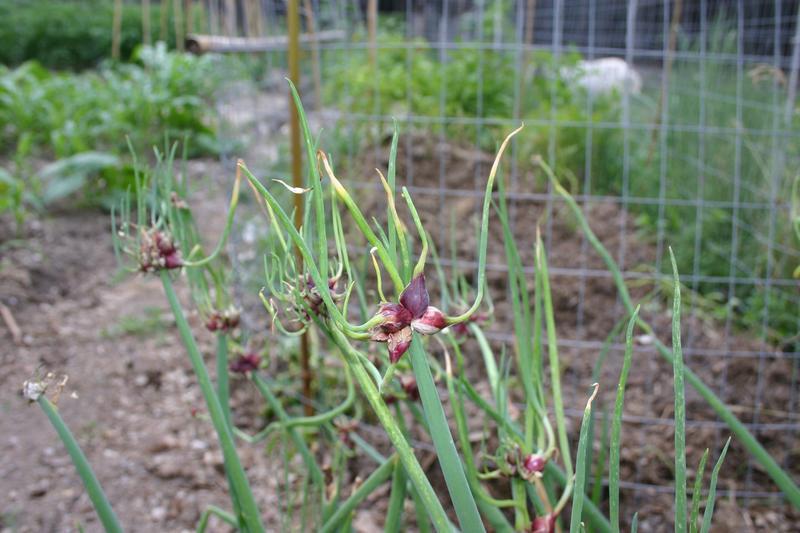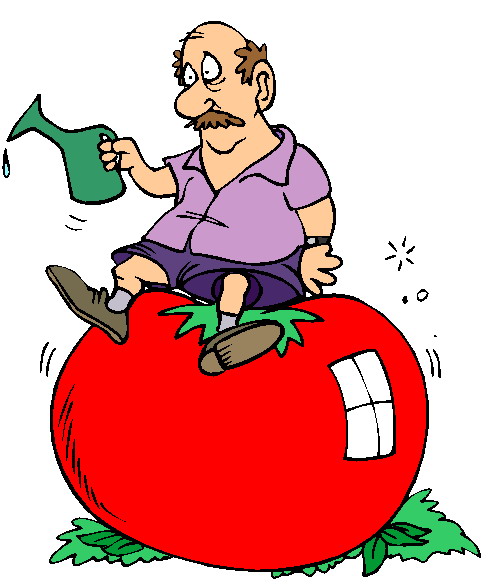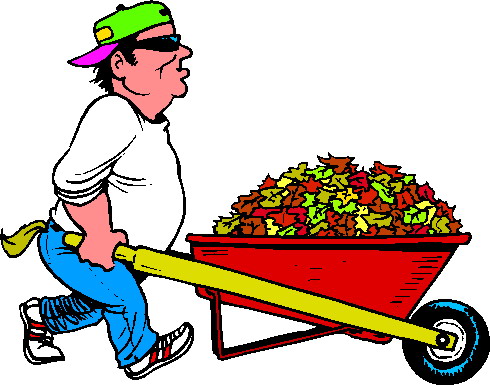Pre-Winter Cleanup
The days are getting shorter, less daylight means less heat and the plants are fading away. In the greenhouse I have cut back the tomato plants to leave just enough to support the last few tomatoes of the year. Any green ones left will soon be harvested and stored to ripen slowly.
My grandpa & Granny Delcourt used to wrap their late green tomatoes in newspaper and store them in boxes to ripen. The problem with doing that is the need to check once or twice a week to see which ones are ripe enough and also to check for any going bad. I have found it is really not necessary to wrap & box them - just put them on cardboard or layers of newspaper a shelf in a cool place and make sure they are not touching each other. You can then just walk past and choose the ones that are ripe enough or get rid of any going bad.
My grandpa & Granny Delcourt used to wrap their late green tomatoes in newspaper and store them in boxes to ripen. The problem with doing that is the need to check once or twice a week to see which ones are ripe enough and also to check for any going bad. I have found it is really not necessary to wrap & box them - just put them on cardboard or layers of newspaper a shelf in a cool place and make sure they are not touching each other. You can then just walk past and choose the ones that are ripe enough or get rid of any going bad.
I was going to pull out the purple bush beans but they are still trying to give us a few beans so I will wait until they are finished then pull them up and dig up the soil.
The carrots are OK where they are until we are ready for them. They last quite well in the soil as long as there are no bugs eating them.
From left to right - the edge of the carrot patch, some of the purple bush beans, the new growth of peas and the mass of strawberry runners.
From left to right - the edge of the carrot patch, some of the purple bush beans, the new growth of peas and the mass of strawberry runners.
My Egyptian onions (aka Walking Onions - as mentioned on previous blog page) are doing great. I did pick all the little onion bulblets and planted them out 2 or 3 weeks ago. They have sprouted up and are doing very nicely. As a matter of fact a couple that I had planted about a month ago were large enough to pick as green onions, which we did harvest today.
The outside garden looks very barren compared to what it was a month or two ago. All the squash vines are in the compost as are the bean vines. Some of the beans that I didn't pull up but only broke them off have re-sprouted and are trying to start all over again. We will soon be having frost which will do them in. Next it will be time to turn over the soil for winter, and I guess I will find out if the acorns that are raining down from the big Oak Tree are going to sprout or just become organic boost for the soil. The picture below is the big Oak Tree that rains acorns and leaves down on the shed & greenhouse. When the acorns hit the shed roof it sounds like someone is attacking with a sling shot!
The flower garden at the front of the house has been trimmed back some as some of the petunias were taking over and looking a bit weary. In their place we have put in some chrysanthemums and the one we planted in the spring is getting ready to bloom. It will soon be time to take out all the annuals and clean up the beds for winter. Don't want to leave any trash on the surface for bugs to hide under.
The salmon pink geranium is one huge plant, and the purple petunia is also just one huge plant. The white Alyssum were just a few small plants in spring but nearly took over the whole bed.
Another chore I am not looking forward to is moving our peony plant. It is hidden behind the end of the greenhouse and is going to be moved to where a hydrangea has been removed. It didn't do very well so we decided it would be nicer to have the peony out where we can see it.
Of course there is another problem to deal with - leaves, leaves & more leaves, plus acorns raining down constantly. When the acorns hit the shed roof it sounds like someone is attacking with a sling shot! I have found the best way to pick them up is with an aluminum scoop shovel as a rake just doesn't work. There are at least 3 or 4 Oak trees and a few Maple trees - of course they are the kind with giant leaves.
The Times Colonist newspaper today (August 30th) stated that August and September were the driest on record. And the forecast for the next 10 days or so promises more of the same. When the rains finally come ... they probably won't know when to quit.
The temperature is bound to start dropping soon so it will be time to drain the garden hoses and shut off all outside faucets, then have the irrigation system winterized.
The Times Colonist newspaper today (August 30th) stated that August and September were the driest on record. And the forecast for the next 10 days or so promises more of the same. When the rains finally come ... they probably won't know when to quit.
The temperature is bound to start dropping soon so it will be time to drain the garden hoses and shut off all outside faucets, then have the irrigation system winterized.
Regards to all
GG





































